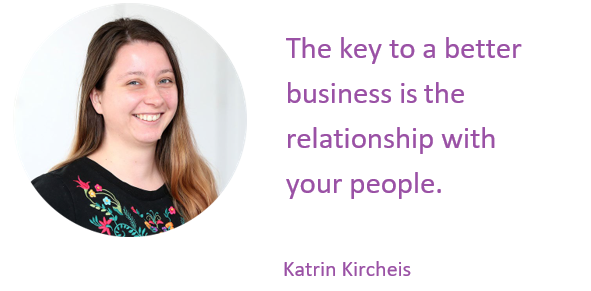Brave leaders provide their people with the right support that gets the best results.
This week is the World Kindness, World Freedom and International Day for Tolerance. Those are good ingredients for a high performing workplace culture.
Research also shows that employers should reward workers for accomplishments, not hours worked.
A user on Reddit commented on this report that they would ‘just like a job where I have a doable amount of work with the necessary resources and with clear goals that actually align with what I need to do.’
It’s about building the foundations for a trusting and supportive environment.
Brave leaders are kind, transparent, and tolerant
The right support that brings the best results includes:
- Brave leaders that are kind, challenge the status quo and treat adults as adults. Learn more about what makes a good leader in one if my previous posts.
- Providing freedom and transparency. Include your people into your purpose and bigger picture. Then give them the freedom to work in line with it.
- Promoting tolerance, learning through experimenting and being able to fail.
McKinsey recommends to ‘continue to meet the need for safety and security’ and invest in relationships with your people.
After all:

Brave leaders let their people make decisions
Providing the right set up and necessary technology for your people to be able to work and communicate is one thing. You also need to make sure they have all the information and power to make decisions for your customers and suppliers to move things forward. Do not let everyone wait for you to get back to them!
There are some great decision-making processes your team can use to get started, such as the advice or consent process. Keep an eye out for more posts from me to learn more about them.
Find out how you can provide transparency and psychological safety to get the best results from your team.
